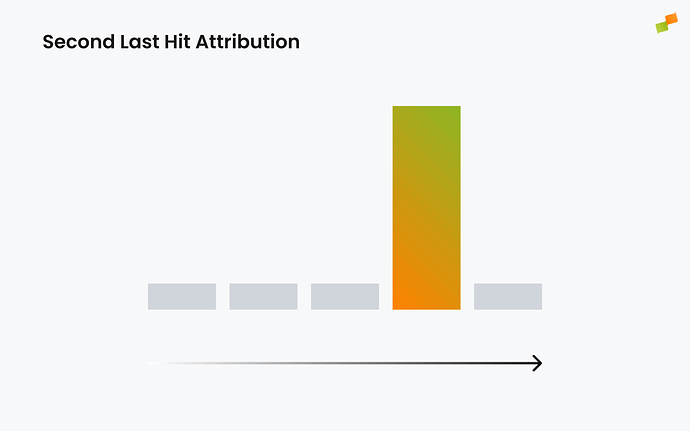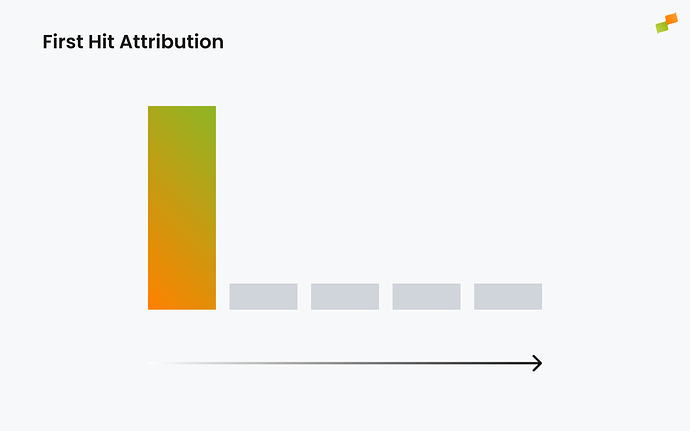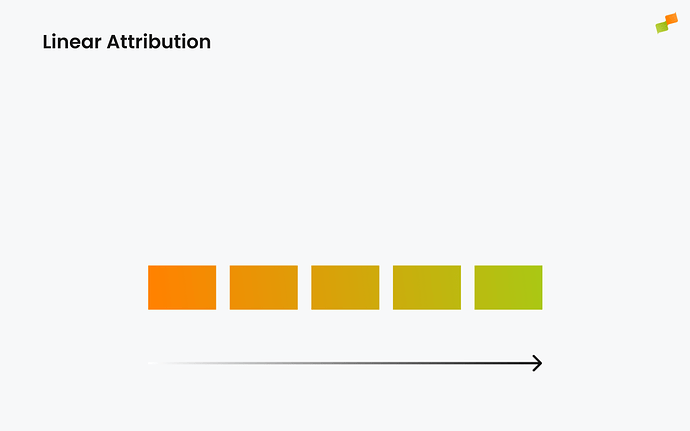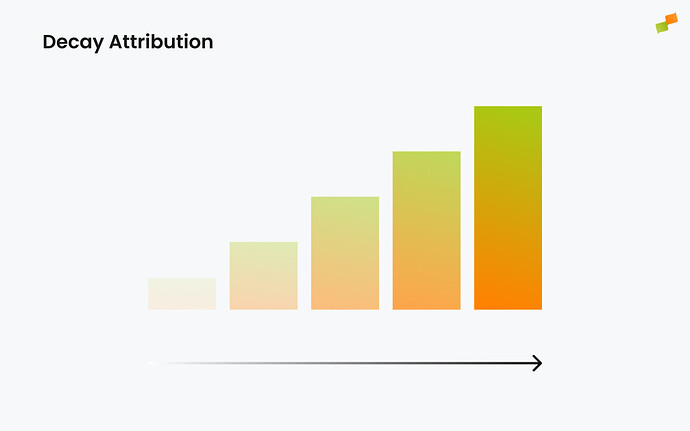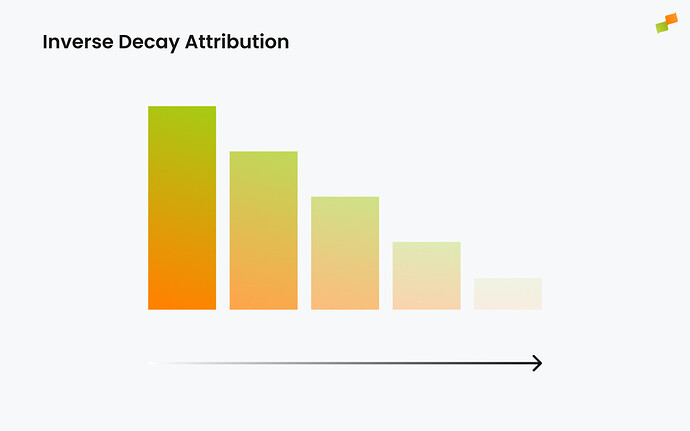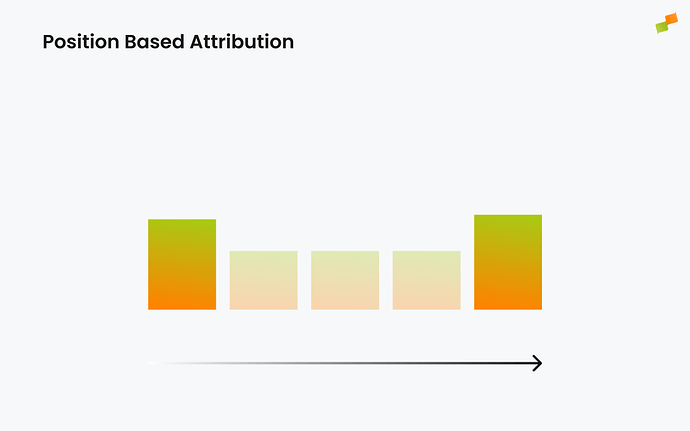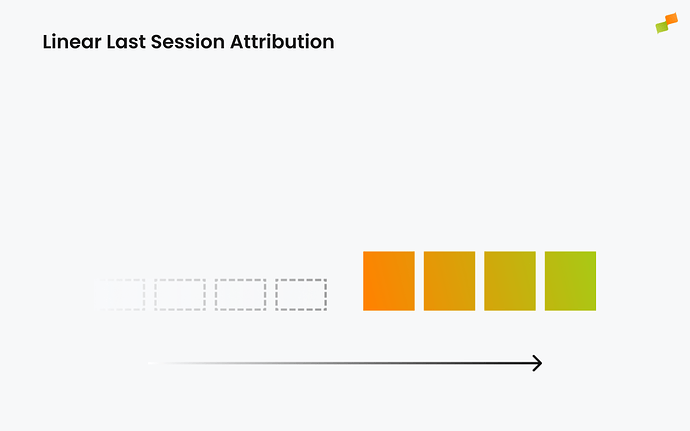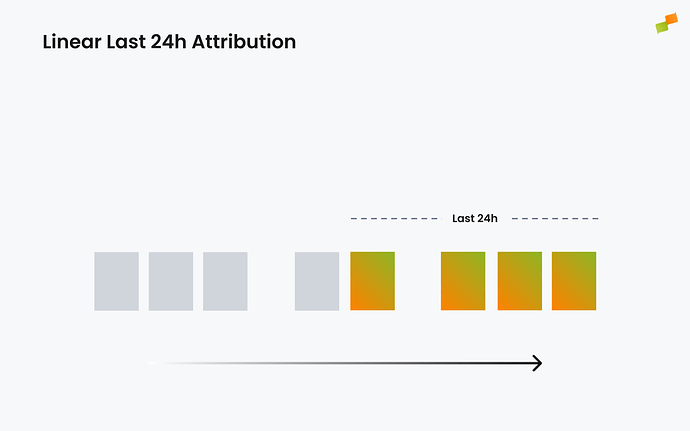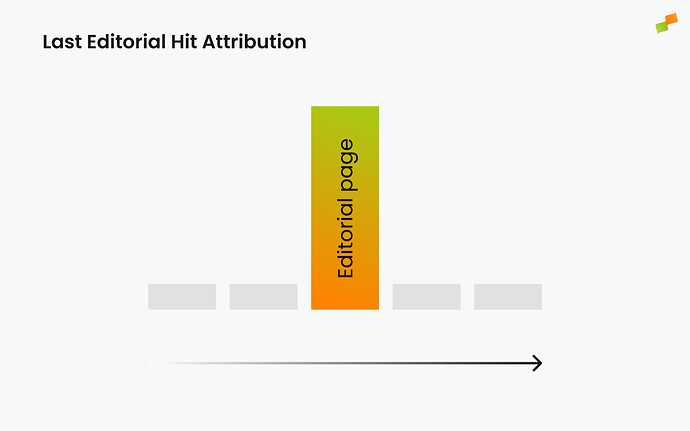Marfeel enables publishers to set up trackable conversions, making it easy to measure how users take key actions on their site, such as subscribing. To provide deeper insights, Marfeel offers multiple attribution models—frameworks that determine how credit for a conversion is distributed across touchpoints in the user journey. These models help publishers identify which content, channels, or interactions play the biggest role in driving business goals like subscriptions.
Attributed and Non-Attributed Conversions
Marfeel tracks two types of conversions: attributed and non-attributed conversions.
Non-Attributed Conversions
Those for which Marfeel doesn’t compute attribution data using the models described below. Non-attributed conversions are best used to track events such as button clicks, pop-up closes, or the user reaching a certain scroll depth in an article.
Attributed Conversions
Those for which Marfeel computes attribution data using the models described below. Attributed conversions are best used to track revenue-generating actions such as subscriptions, where the preceding user journey is important for analysis and optimization purposes.
Conversions Types
Custom Conversions
Marfeel allows publishers to configure custom conversions according to the needs of their business. Any action a user takes on your site can be set up as a conversion, such as becoming a subscriber, signing up for a newsletter, accepting push notifications, watching a video, or any other behavior that the publisher deems relevant. Visit our documentation to find out how to set up custom conversions.
Conversions by Article
A measurement of the number of Conversions per article you have published.
Conversions by User
A measurement of the number of Conversions per user that visits your site.
Conversions by Pageview
A measurement of the number of Conversions per pageview that your site receives.
Attribution Models
Last Hit attribution model
An attribution model that gives all the credit for the conversion to the last page the user visited, from where the conversion took place.
Second Last Hit attribution model
An attribution model that gives all credit for the conversion to the page preceding the one from which the conversion took place. Is useful in scenarios where the conversion takes place after a redirection.
For example, if the user’s journey is Article > Subscription page > Conversion, the conversion will be credited to the Editorial page.
First Hit attribution model
An attribution model that gives all credit for the conversion to the first page viewed by the user in their journey. Useful for publishers to evaluate top of the funnel acquisition channels.
Linear attribution model
An attribution model that distributes credit for the conversion equally across all pages in the user’s journey towards the conversion.
Decay attribution model
An attribution model that gives more credit to pages viewed at the end of the user’s journey, using a 4-view half-life. This can help identify articles or sources that generate conversions.
Inverse Decay attribution model
An attribution model that gives more credit to pages viewed at the beginning of the user’s journey, using a 4-view half-life. This can be used to identify content-acquired users that later converted.
Position-based attribution model
An attribution model that gives 40% of credit to both the first and last pages, with the remaining 20% spread out across the other pages on the user’s journey.
First Hit Last Session attribution model
An attribution model that gives all credit for the conversion to the first page viewed by the user in the last session, when the conversion took place. Useful to know what initiated the session that resulted in a desired goal, such as becoming a subscriber. Was it an email, an ad, Google Discover, or what kind of content?
Linear Last Session attribution model
An attribution model that distributes credit for the conversion equally across all pages visited by the user in the last session, when the conversion took place. Useful to know what content the user consumed in the session that preceded the conversion. This is important because conversions often come after periods of concentrated consumption/activity of the user.
Linear Last 24h attribution model
An attribution model that distributes credit for the conversion equally across all pages visited by the user in the 24 hours preceding the conversion. Useful to know what content the user consumed in the period that preceded the conversion. This is important because conversions often come after periods of concentrated consumption/activity of the user.
Last Editorial Hit attribution model
An attribution model that gives all credit for the conversion to the last viewed page with publish time.
To view a comprehensive list of all of Marfeel’s Metrics and Dimensions, visit our Glossary.

